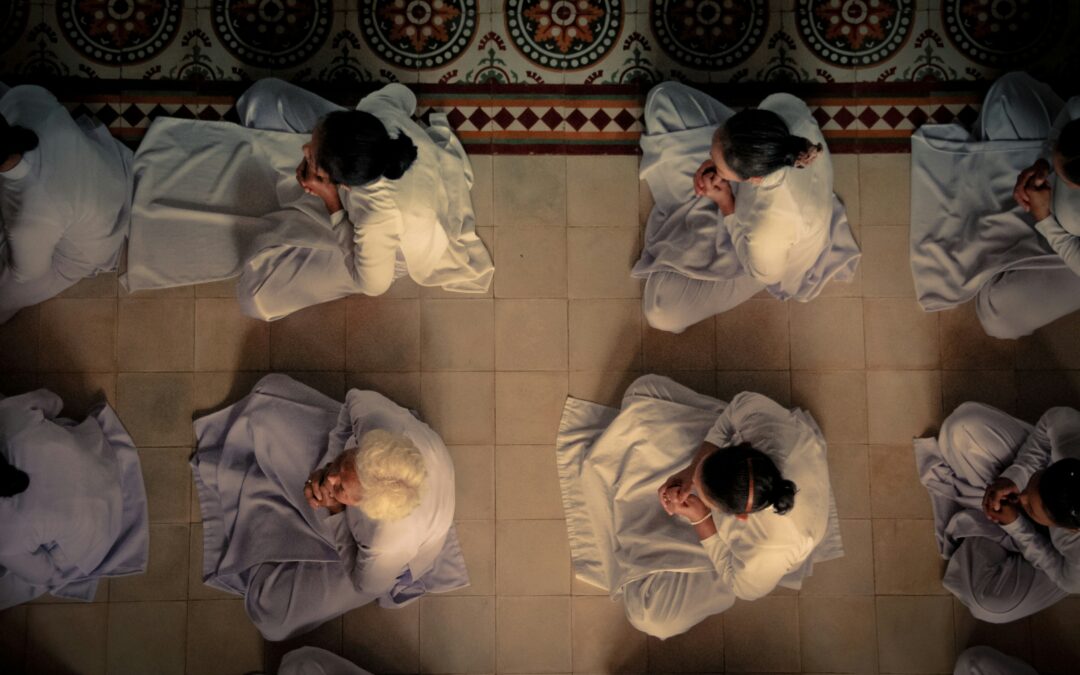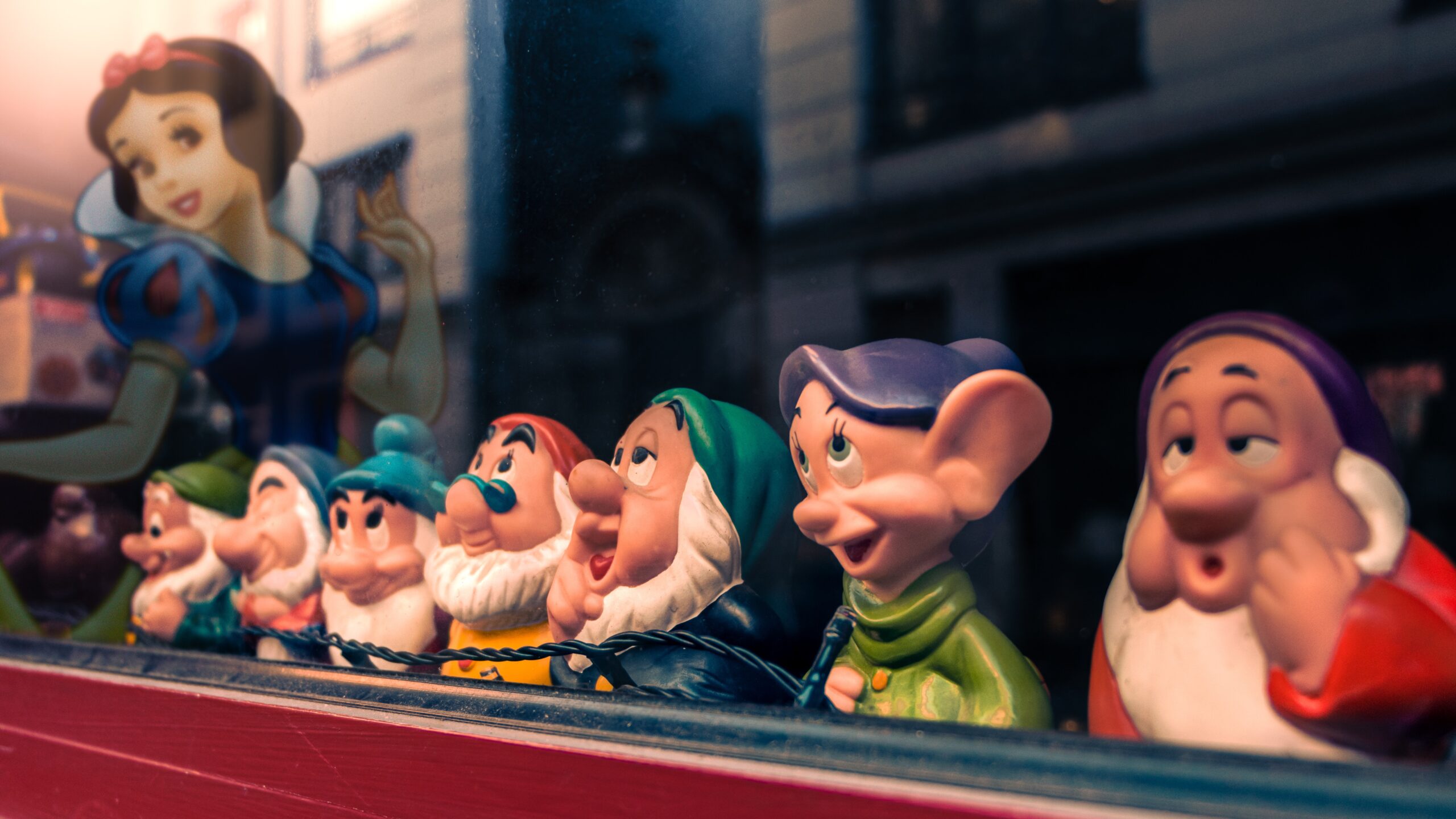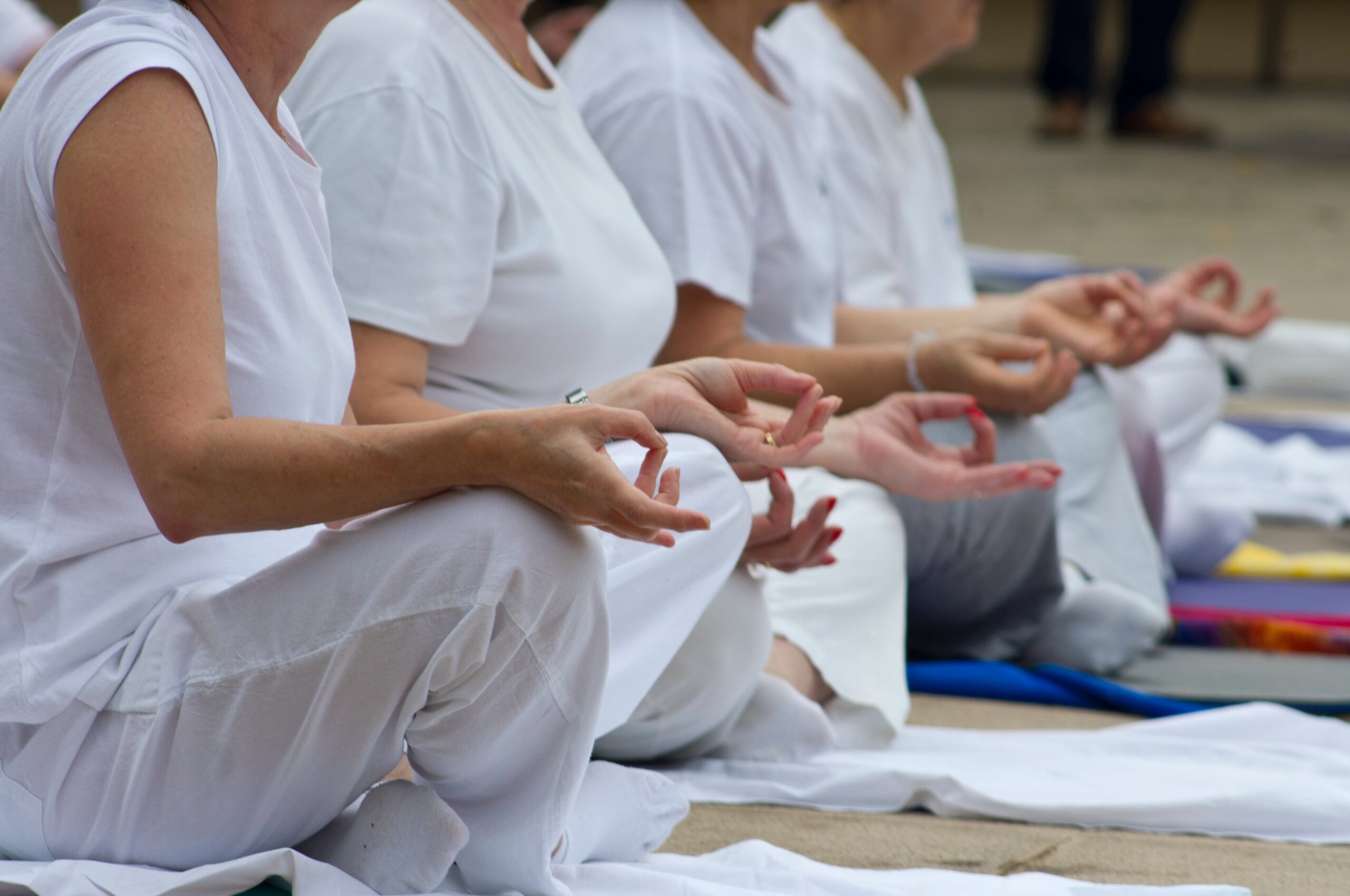The yoga that gave me back my life – Part 1
Depression is the leading cause of disability worldwide
According to the World Health Organization, depression is the leading cause of disability worldwide and is a major contributor to the overall global burden of disease. What’s more, is that there has been a steady rise in recent years, due in large part to the COVID pandemic. As someone who suffered for over a decade from depression, I am passionate about shifting cultural thinking to believing that asking for help is brave, not weak, and in doing so we are better off, as individuals, and as a society at large because ultimately when we give attention to the wounded parts of ourselves, the less those parts linger.
This is my story of how I liberated myself completely through Eastern contemplative practices and by taking accountability for my life choices. I hope in sharing, it will support others in finding their path back to wholeness and joy.
Despite the optics, depression can be present
It doesn’t matter how cool your life seems, depression doesn’t discriminate. Mine surfaced my sophomore year of college, at age 19, when I was surrounded by friends I sincerely loved but the paradox of depression is that though I wanted, even needed, to know that I was appreciated and loved by others, the condition drove me to isolate myself and hide from the very people who were (unknowingly) keeping me from slipping deeper into sorrow. In that way, depression is self sabotaging. The cultural norms of binge drinking and weed smoking at my university certainly didn’t help my situation.
After I graduated, I moved to San Francisco with several friends from college and because the general shared belief amongst us was that partying equated to ‘fun,’ my drinking and smoking became more excessive and as a result my depression worsened. A year later, I decided it was more important for me to separate from my friend group in order to legitimately pursue the career I wanted in the music industry, so I relocated to Los Angeles. I quickly landed my first paid job in the biz. I worked a lot and was promoted quickly. The most memorable year was when the record label I worked for won 8 Grammy awards for Ray Charles’ final album, Genius Loves Company, for which we celebrated with legendary musicians like Isaac Hayes, Bill Preston, Norah Jones, and Stevie Wonder… and still my depression continued. I was irritable and short tempered with the people closest to me. It was that same year that a colleague had declared it her ‘Year of Health’ and invited me to start going to yoga with her, so I did because I thought it might help curb my symptoms…and it did, but a low grade depression still lingered. The very sad irony of this is that it was that very colleague who encouraged me to have a regular yoga practice, who years later committed suicide.
There’s yoga beyond hatha and tantra like kundalini yoga
Back then, I had no idea there were other lineages of yoga. I’d heard of tantra. Guys my age made ignorant references to the Kama Sutra but I didn’t know tantra had any correlation to yoga. I thought yoga was yoga was yoga and that each teacher I took a class from was just putting their personal twist to teaching it.
The types of yoga I was practicing back then were variations of hatha that ranged from Bikram to vinyasa to Iyengar to power yoga. Each were incredible practices that offered a great sweat, helped alleviate back pain and minimized some aspects of my depression which is the main reason I kept going.
Years passed and I became even more dedicated to my practice but strangely, even though yogic philosophy was occasionally mentioned, none of my instructors (okay one…ONE single teacher who I feel deserves a shout out – Jeanne Heileman) were sharing about the deeper tenets despite the fact that studies of Patajali’s 8 Limbs, the vedas, the yoga sutras, and the Bhagavad Gita are included in hatha yoga teacher trainings. In my experience, sadly too many hatha classes in the West glorify the asana and skip the rest but it is important to say that is not necessarily the case in other parts of the world and hatha is a yoga rich in curative applications and had I not been introduced to it, I speculate that my symptoms of depression would have been much worse in those years.
Support sometimes comes from unexpected places
It was someone outside of my yoga circle who first mentioned kundalini yoga to me. She was my next door neighbor in my apartment building. I would consistently invite her to cook and drink wine with me but she consistently (however graciously) declined claiming she was getting up early, before the sunrise, to practice kundalini and meditate. Being 28, I thought she was too austere for our age.
Years later, I hit rock bottom with my affliction. I’d breached some core personal values and was disappointed in myself, heartbroken and financially broke. The best way I can describe my emotional and mental state at that time is that I was a shell of a person – I was going through the motions at work but I wasn’t emotionally engaged. Instead of isolating like I had done in college, I was so desperate I was actually calling friends begging for help. I remember one night driving home from work and sobbing so hard behind the wheel of the car that I had to pull over to avoid an accident. I was at the end of my rope. I was already going to therapy. I decided it was either time to go see a psychiatrist and get on meds or do something different. I remembered my neighbor from years back who told me her life had also been falling apart and that kundalini yoga saved her. All I knew about the lineage was that they taught meditation, which was something I didn’t know how to do, and I thought because my mental state was so grave, maybe it could help.
The beginning of the end of emotional suffering
I quit my membership at the hatha yoga studio and adopted kundalini. It was foreign and strange. Honestly at times it was downright bizarre. It was absolutely nothing like hatha. I didn’t understand it and the senior (figurative and literal) teachers didn’t explain much – they instructed the movements, breath, mudras, mantras (which I didn’t know), pranayamas and meditations but didn’t explain much about the purpose of why we were doing them. Despite this, within weeks I felt a very noticeable difference in my mental health so I continued going…
Check out Part 2 of this blog post to find out more about how the applied science of kundalini yoga helped me heal from depression, what the World Health Organization defines as the most pervasive disability worldwide.
If you or someone you know has a mental illness, there are ways to get help. Use these resources to find help for yourself, a friend, or a family member. https://www.nimh.nih.gov/health/find-help
To get started on your journey, explore kundalini with me via donation-based, virtual kundalini classes
This post is dedicated to the life and art of Jill Simonsen.






This IS your life purpose my dear. You were made to be a Kundalini teacher and I find so much joy and gratitude in my life that my path has collided with yours.
What a blessing it is to have you in my life. Sending you love and light forever and always. Thank you for sharing your open heart with me.